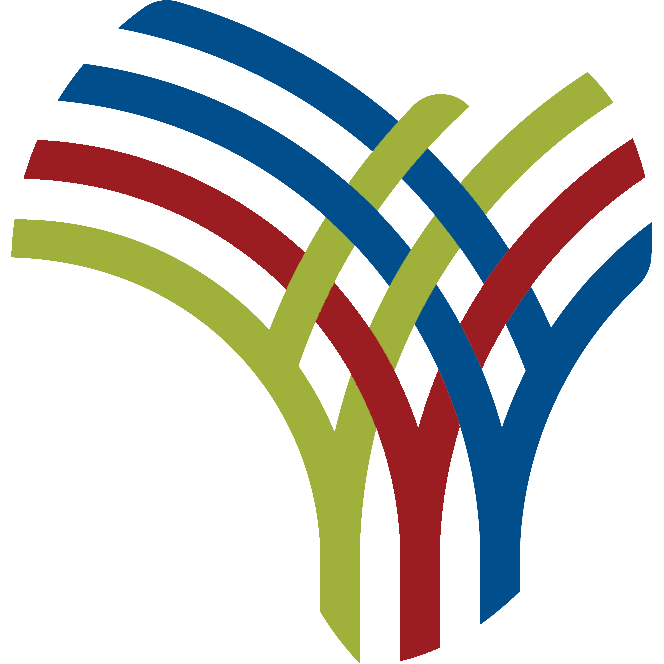Cotton lint is the most important input in the textile industry. Cottonseed is crucial in the vegetable oil and animal feed industries. Cotton grows in the dry areas, in Kenya, mainly in Nyanza, western, eastern and Coast regions.
The largest producers of cotton are India, the US, China, Brazil and Pakistan with the major importers being China, Bangladesh, Vietnam, Turkey and Indonesia. Is it, then, any wonder that these countries are also the biggest players in the textile industry?
Africa contributes just five per cent of the world’s cotton production with its main producers Mali, Burkina Faso and Benin in West Africa while Tanzania and Uganda leading in East Africa. Our main problems include the fact that most of our cotton is grown on small-scale farms and is perceived to be of poor quality, hence low prices. Our farmers, hence, often opt to grow other crops.
Like in the rest of Africa, the donor-driven Structural Adjustment Programmes (SAPs) of the 1980s and ’90s forced the government to liberalise the sub-sector, removing its support in terms of credit, ginning, provision of quality seeds, extension service and marketing functions that were undertaken by the Cotton and Seed Marketing Board.
The Kibaki administration tried to revive the sector as part of the Kenya Vision 2030, leading to the creation of the Cotton Development Authority (CDA). The investment in the sub-sector was to help the country to become a big textile and apparel industry player.
CDA estimates that 350,000 hectares is suitable for cotton growing with a production potential of 50,000 tonnes — from a low of 5,000 tonnes in 2005. Production is gradually growing but mainly through increased acreage and not productivity.
Kenya imports most of its cotton from Tanzania and Uganda for the Export Processing Zone (EPZ) manufacturers. The "Big Four Agenda" has further highlighted the need to restructure and strengthen cotton production and its related industries.
Supplied from local cotton
We would earn more if the entire supply chain – from the farmers to ginneries, spinners and textile mills to the final textile and apparel manufacturers – were all supplied from local cotton. Other measures that need to be undertaken include providing sufficient budgetary support to CDA for its internal needs and also for the supply chain.
We also need to invest in more research to produce quality seed and also ensure that the results are easily explainable to the farmers by strengthening and expanding extension services […]
